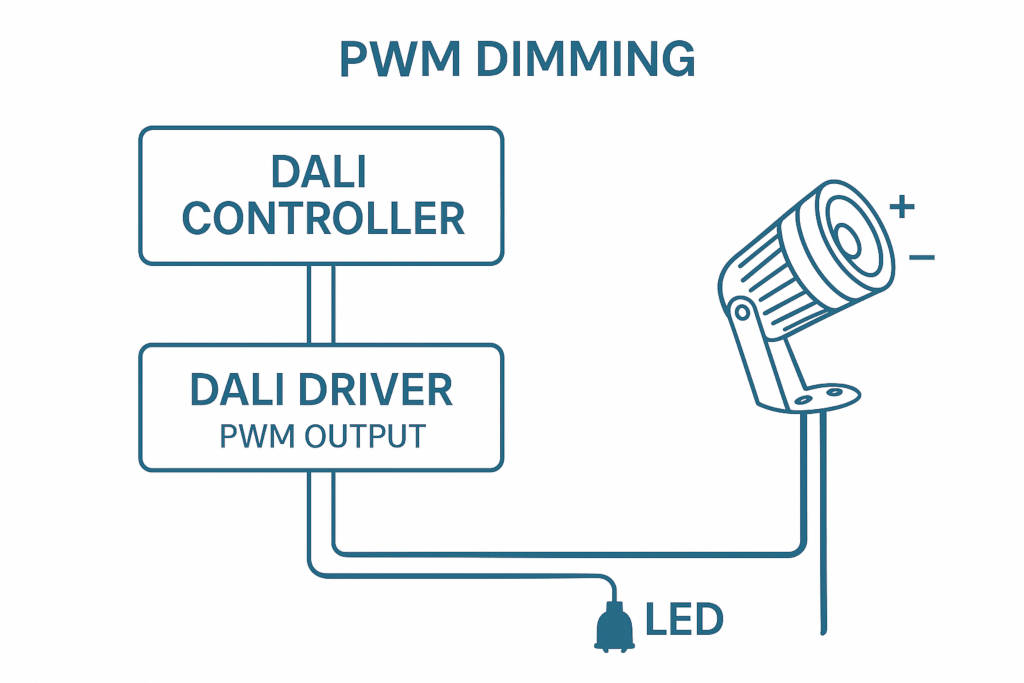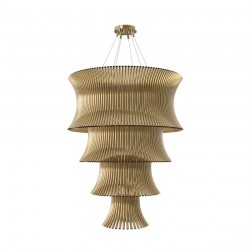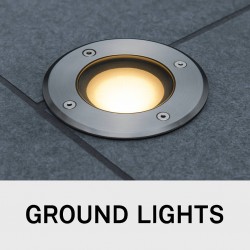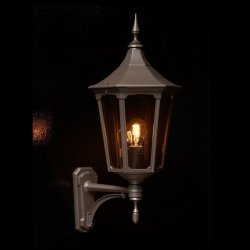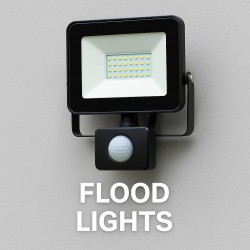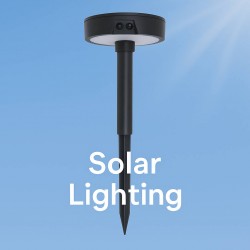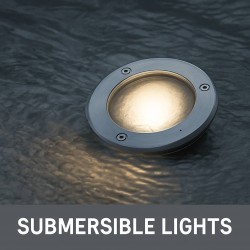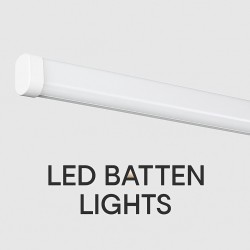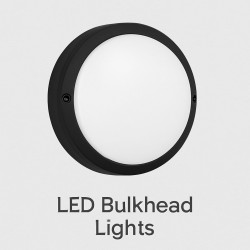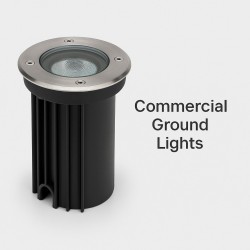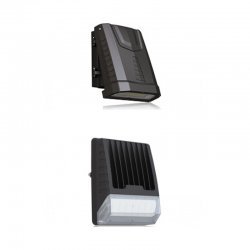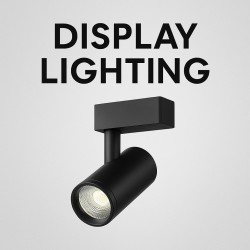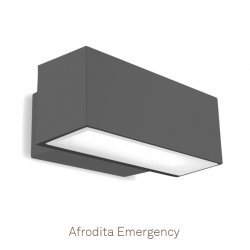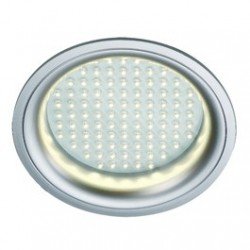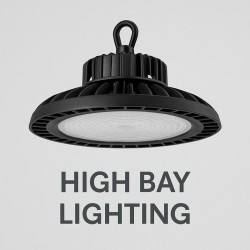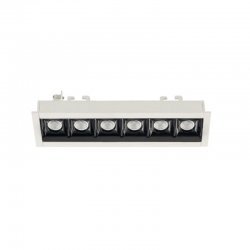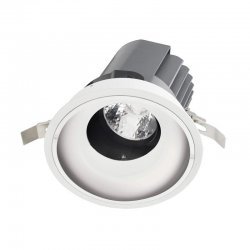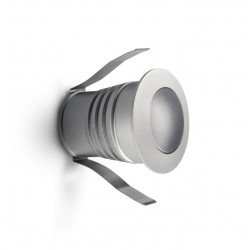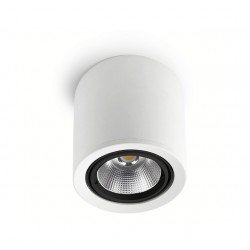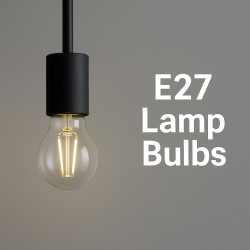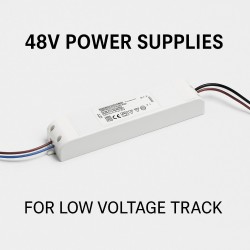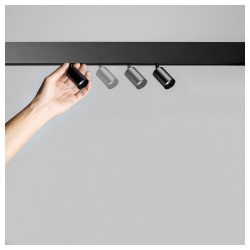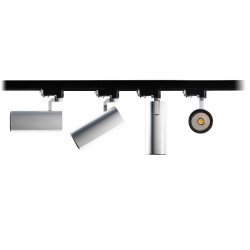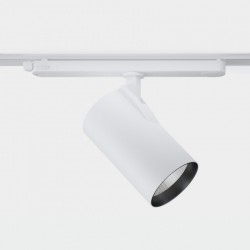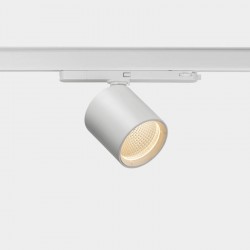What Is PWM Dimming?
PWM Dimming Explained
And Why It Matters for Low Voltage LED Lighting
If you’ve browsed LED lighting recently — especially outdoor or architectural products — you may have seen the term PWM dimming. But what does it actually mean, and how does it affect your setup?
What Does PWM Stand For?
PWM means Pulse Width Modulation. It’s a method of dimming LED lights by switching them on and off rapidly — hundreds or even thousands of times per second. By adjusting the ratio of on-time to off-time, it creates a smooth, flicker-free dimming effect that is invisible to the human eye.
- Full power is maintained — just modulated over time
- Energy-efficient and low heat
- Perfect for low-voltage 12V/24V LED systems
Why Use PWM Dimming?
This method offers precise dimming with minimal colour shift or flickering. It's ideal for:
- Landscape and garden spotlights
- Step and path lights
- LED strip lighting
- Architectural accent lighting
What Do You Need?
To use PWM dimming, you’ll need a compatible 24V constant voltage driver that outputs a PWM signal. There are two main types:
1. DALI-2 Drivers (with PWM Output)
- Controlled using a DALI lighting control system
- Allows for digital dimming, zoning, and automation
- Examples include 24V IP-rated drivers from brands like LEDSC4
2. On/Off Drivers (Non-Dimmable)
- Provide a constant 24V DC output
- No dimming functionality — just full on/off
- Suitable for use with switches, timers, or photocells
Important: You cannot dim an LED fixture by placing a dimmer on the input side of an on/off driver. It will not control the light level and may cause malfunction or damage.
Example: Outdoor Spotlight with PWM
The LEDSC4 Aro Small Ø33 spotlight operates at 24VDC with PWM dimming. Depending on the driver used, you can achieve either:
| Application |
Driver Option |
Result |
| Simple On/Off |
24V Constant Voltage Driver |
Fixture runs at full brightness when powered |
| Dimmable via Control System |
24V DALI-2 Driver with PWM Output |
Smooth digital dimming through DALI control |
Summary
PWM dimming is a smart, efficient and flicker-free way to control the brightness of low voltage LED lights. Just be sure to pair the correct driver with the fixture and your intended control method.
Need help choosing the right setup? Get in touch with our team — we’re happy to help.
Diagrams and Supporting Visuals
PWM Control Principle:
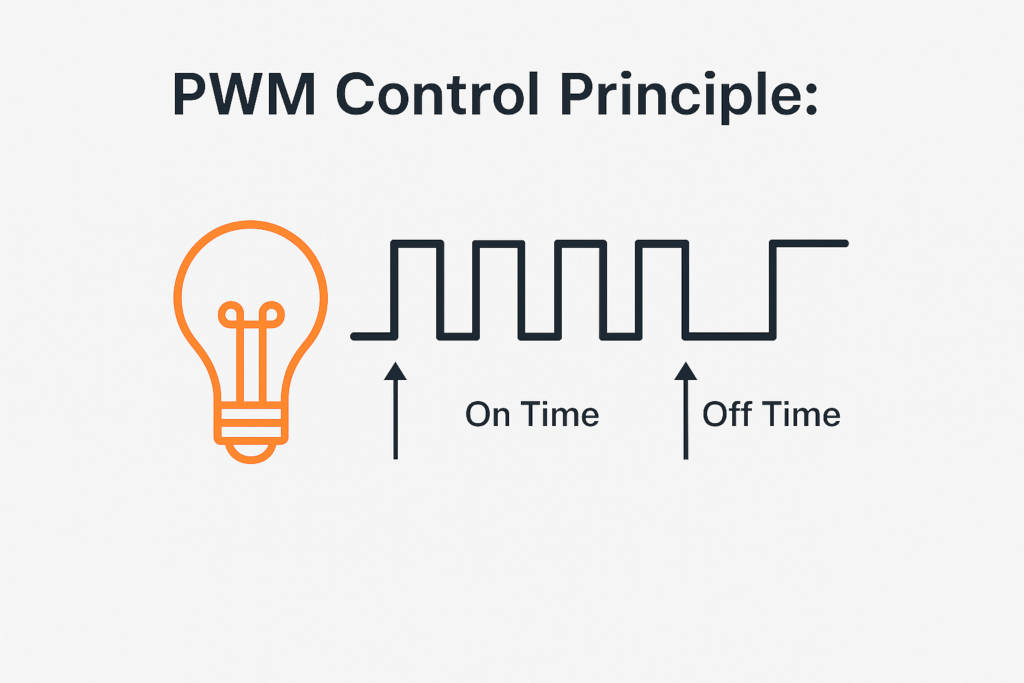
DALI-PWM Wiring Flow Example:
